Recently, air purifiers have been prevalent in both home and office environments. They effectively eliminate the problem of pollutants, dust, smoke, and plant pollen.
However, many people wonder how much electricity an air purifier use and whether it is possible to minimize electricity consumption. These and other questions about air purifiers will be answered in this article.
Generally, most air purifiers consume between 30 to 250 watts per hour, which translates to an average of 0.03 to 0.25 kWh per hour of use.
For example, a small air purifier with a power rating of 30 watts used for 8 hours a day would consume 0.24 kWh of electricity per day, while a larger unit with a power rating of 250 watts would consume 2 kWh per day if used for the same duration.
How much electricity does an air purifier use and whether its use is justified
One thing can be said clearly – the use of air purifiers’ power consumption is justified and, in addition, they do not cost a small fortune. The entire cost of running energy efficient air purifier depends on the unit you choose and how you use it.

Some air purifiers can consume up to 550 kWh of electricity per year with constant use. However, if you use them for longer periods, they can consume a lot of energy.
As mentioned earlier, the most common air purifier uses 334.49 kWh of electricity per year, counting on 16 hours of dyno and 8 hours of standby per day. It is generally accepted that this is an adequate price to pay, which is reflected in the amount of electricity consumed.
Typically, people use their air purifiers for about 2 hours a day. To calculate the cost of running air purifiers under discussion, you need to know the following characteristics:
- The reference consumption of energy-efficient air purifier is under discussion (in watts).
- The cost of electricity per kWh.
- The running time of the air purifiers is under discussion (in hours).
These parameters will help you calculate the cost of the electricity bill consumed to the last cent.
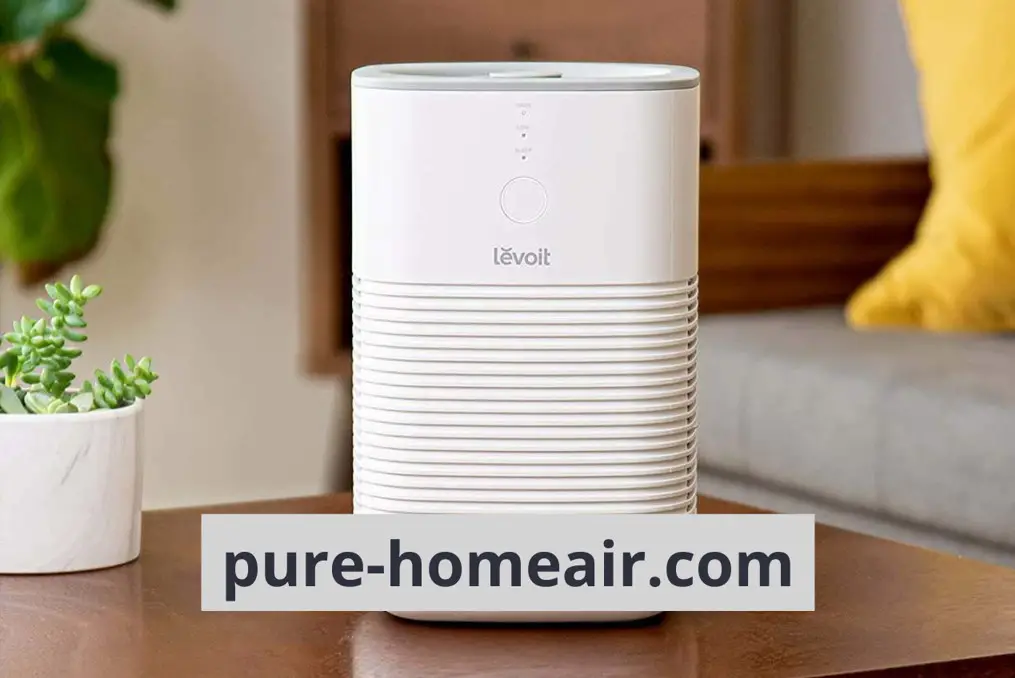
What is a CADR in an air cleaning system
The sprayed space that air purifiers can treat is called a CADR. It is measured in cubic feet per miniature (CFM). The CADR of gadget can be a key performance indicator and determines the lifetime performance of air purifiers.
The ratio of CADR (clean air rate) to Watt (control usage) can be a valuable way to decide which gadget under discussion is most effective in terms of viability. The higher the CADR/W, the more energy-efficient air purifiers are.
This means that air purifiers can take on more dust from the air with less energy consumption. 4.6 is the normal air purifier CADR per watt, and 2.5 is the most common.
A purifier’s clean air transfer ratio (CADR) ranges from 0.9 to 14.8. Air purifiers help remove smoke and dust from the air. When the price rises, depending on the gadget, their CADR/W proportions tend to vary.
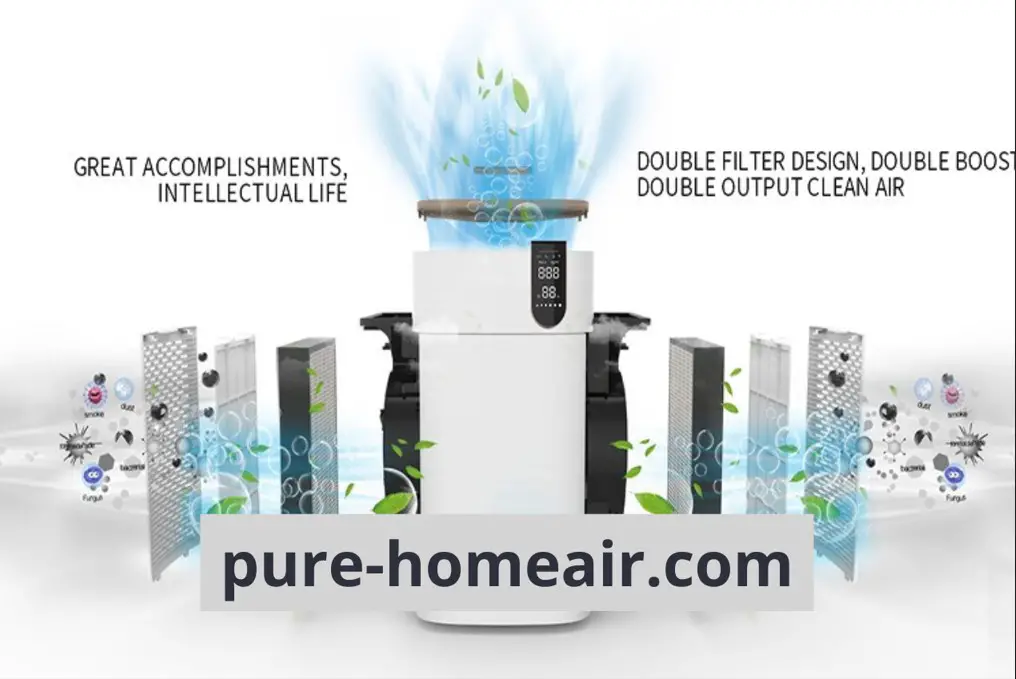
Smoke purifiers and their features
Let’s look at this category separately to get an idea of the lifetime performance of each. The typical CADR (clean air supply rate) per watt of smoke purifier is 4.4. The most common CADR/Watt is 2.5.
The clean air delivery ratio (CADR) of a smoke cleaner can be an indication of how well it decontaminates the air and ranges from 1.9 to 14.8. The most energy-efficient air purifier for smoke is the Powermatic PM1250.
It can be found on retail sites at very reasonable prices. This smoke air purifier has the most remarkable CADR/Watt rating of 14.8. This makes it the most economical smoke cleaner. In addition, this unit has the highest CADR/W rating for dust and cleanliness.
Thus, it is the most productive air purifier known. This model may not be suitable for everyone, as it is designed for stores and not for home use. Right now, the most viable air purifier for the home is the Blueair.
This unit is the most practicable in terms of viability, with a CADR/watt of the smoke of 13.8. In any case, it is more suitable for home use because of its design and additional features.
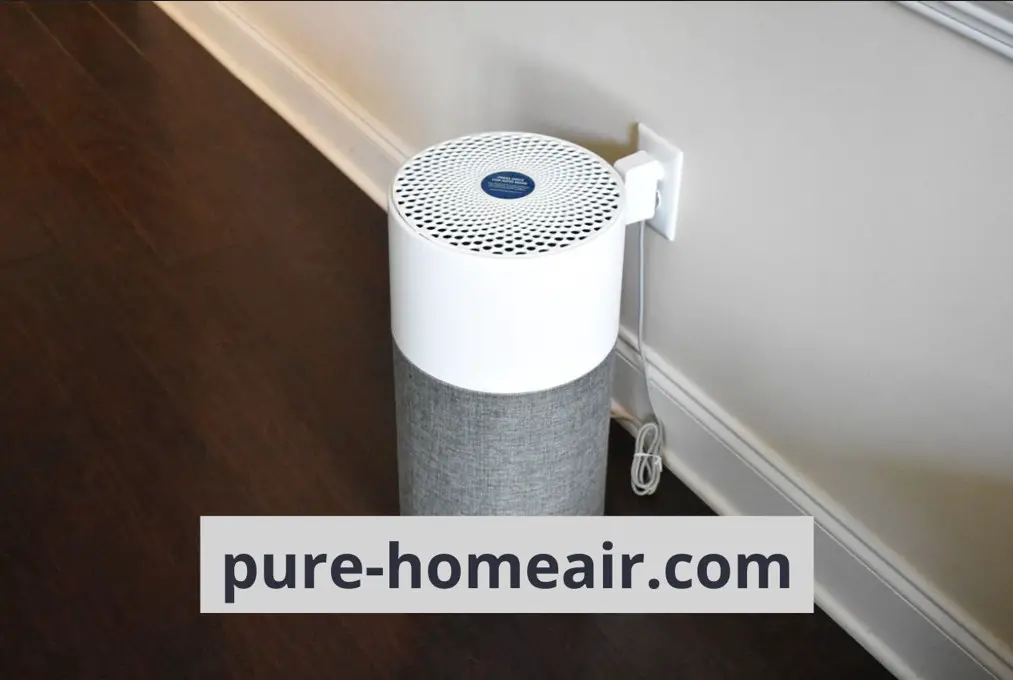
Average bill and amount of electricity used by air purifiers for a large room
How many watts does a large room air purifier use? Purifiers designed for large spaces usually use the most power. These units can serve rooms larger than 400 sq. ft. Blueair Classic 680I is one of the leading air purifiers for large spaces.
It is an air purifier spacious room with 698 sq. ft and a surprisingly high 450 CADR rating. At low fan speed, it consumes 15 watts. At high fan speed, it requires 100 watts to operate.
We will calculate the highest control usage for a 100-watt cleaner by increasing the U.S. kWh rate, which is $0.1319, by the number of hours the cleaner runs. In this case, if the cleaner runs for 24 hours at top speed, it will consume $0.32 per day.
If you just use it for 8 hours a day, however, it will cost you about $0.11 per day. At low fan speed, the regulator’s consumption is 15 watts and the power consumption is $0.05 per day.
I also recommend reading: Do air purifiers help with radon?
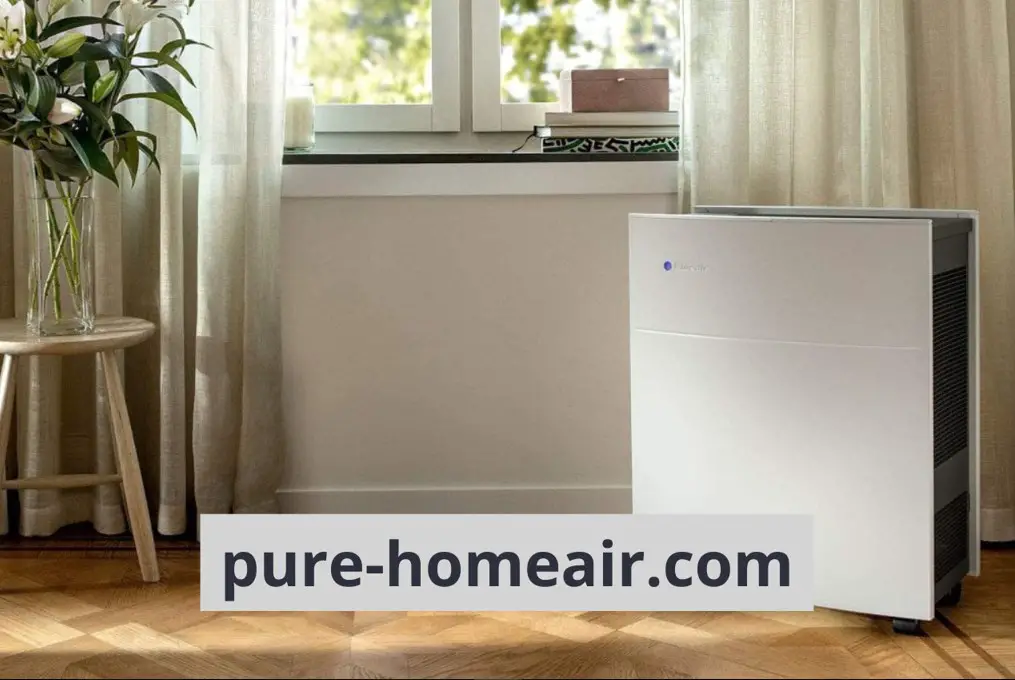
What is the power consumption of a medium-sized air purifier
Typically, air purifiers are planned for spaces between 200 and 400 sq. ft. Coway AP-1512HH Forceful is an efficient and well-known air purifier. It is energy efficient air purifier that can cover an area of 361 sq. ft and has the highest control power of 77 watts.
How much energy does this purifier use per day
If you use it for 24 hours, it will consume $0.24. That’s $1.68 a week and $7.20 a month. How many watts does a small room air purifier consume? Air purifiers in small rooms are the most efficient to operate.
For example: let’s take one of the most common Levoit LVH132 HEPA air purifiers. It is supposed to cover an area of 129 sq. ft. This kind of air purifier has the highest control power – 24 watts.
The energy cost for a small room air purifier is $0.08 per day. Let’s calculate how much energy it uses in a:
- a week: $0.56;
- month: $2.40;
- year: $29.2.
Air purifiers use exceptionally little energy to operate, which makes them exceptionally energy efficient.

Principle of CFM in an air purifier
The CFM represents the number of cubic feet per minute that a filter can take in. It is important to pay attention to the CFM because it determines how fast the filter can clean the air in the room. The CADR number usually contains the classification of the filter.
CFM is not the same as energy efficiency. The most accurate measure of a filter’s efficiency is the CADR per watt. If you are looking for an air purifier that can clean a large amount of air, you should look for a filter with a high CFM.
CFM air purifier can be compared to a cleaning machine, which uses a powerful flow of air to get rid of dirt and dust from the surface.

What is CFM air purifier
A typical air purifier has a CFM of 209.4. The most popular CFM air purifier is the 450. CFM purifiers can clean the air in a room up to 450 sq. ft. The amount of air that passes through the filter during cleaning depends on the amount of smoke, dust, and dirt being removed.
The higher the CFM, the more air is filtered. The standard CFM for smoke control is 201.63. The best CFM is 450, and the cheapest CFM is 48. The CleanForce MEGA1000 can be a high-energy efficient air purifier with a CFM of 600. At 88 watts, the power consumption is not high.
An example of an energy-efficient appliance is the Blueair home air purifier with smoke absorption.
The CFM for clean removal is often 203.71, but the most common and lowest CFM are 400 and 50, respectively. With a powerful 432 CFM, HP980 Diffuse Nebula is one of the most effective cleaners and smoke removal.
The most effective appliances for dust removal have a CFM of 450, a typical CFM of 222.73, and the lowest at 50.

Should I run an air purifier all the time
With the cost of electricity continuing to rise, it’s reasonable to wonder if you should install another electrical appliance in your home. You may wonder if an air purifier consumes a lot of energy.
Should I leave the air purifier on all the time? Yes, you should always have your air purifier on to ensure that your indoor air quality is consistent.
Your home is not protected from outside pollutants and toxins. For this reason, your air purifier should remain on at all times.
In addition to keeping allergens and toxins from entering your home, several other components allow an air purifier to function properly. Air purifiers remove many alternative types of pollutants, including the most common:
An accumulation of smoke and fumes from cooking or household heat sources will be dangerous to your health, as well as an accumulation of chemicals from building materials, carpets, and furniture.
If there is an excess of greenhouse gases or humidity, the room can become stuffy and musty, and mold can grow.

Power and energy consumption of air purifiers for each brand
We have gathered information on the air purifier power consumption for different brands. You can check this data for each brand to see how much power their models consume.
Levoit
The control power consumption of LEVOIT air purifiers varies from 15 to 55 watts, depending on the model. This means that if you use a LEVOIT air purifier for 12 hours every day, you’ll pay between $0.7 and $2.4 per month in energy costs.
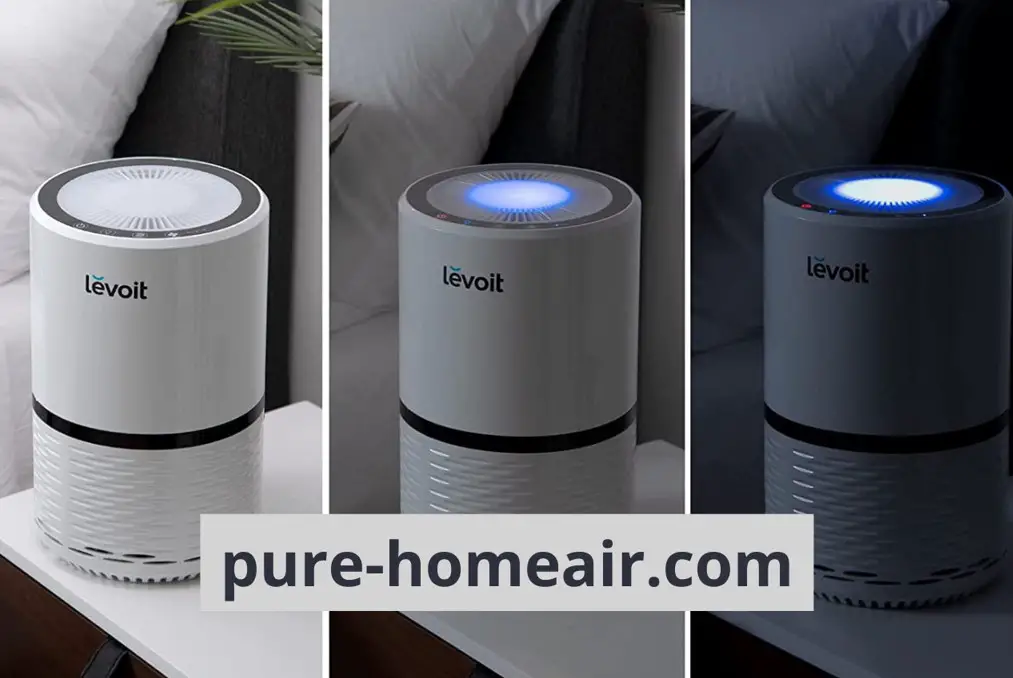
Mediify
Mediify air purifiers have a maximum power consumption of 18-95 watts. You will spend between $0.80 and $4.00 per month if it works 12 hours per day. For more information on the benchmark usage of each Mediify discuss cleaner, visit the manufacturer’s website.
Winix
The power consumption of Winix air purifiers ranges from 55 to 90 watts. This means that if you use a Winix air purifier for 12 hours each day, you will pay between $2.4 and $3.9 per month for electricity.
Austin
The power consumption of Austin air purifiers ranges from 132 watts to 135 watts, depending on the model. This means that if you use your air purifier 12 hours a day, you’ll pay about $5.7 to $5.8 a month for electricity. See the manufacturer’s website for more information, if you don’t mind.

Alen
Alen air purifiers consume between 45 and 105 watts, depending on the model. This means that if your Alen air purifier runs 12 hours a day, you will be paying between $2 and $5 a month for electricity.
You can also find out more about the electricity consumption of each person using an Alen appliance on the manufacturer’s website.
Why an air purifier can be an essential health attribute
Do you feel like you need an air purifier in your home? If you are concerned about the quality of the air you breathe indoors, the answer is probably yes. According to the EPA, levels of poisonous substances are regularly 2 to 5 times higher indoors than outdoors.
In some exceptional cases, indoor air pollution can be 100 times worse than outdoors. An air purifier is a great way to get rid of indoor toxins and improve your well-being.
The Cleveland Clinic reports that people with pre-existing lung conditions, such as asthma, will benefit most from improved indoor air quality. In addition, screening is particularly mattered from indoor air can have a positive effect on heart health.
The benefits of using air purifiers for your home
There are many benefits to using a filtration system, not just the ones listed here. An air purifier can have many health benefits, including reducing sensitivity to asthma, removing repulsive odors, and reducing airborne infections.
It’s important to choose an air purifier that’s the right size for the room in order to achieve maximum effectiveness.
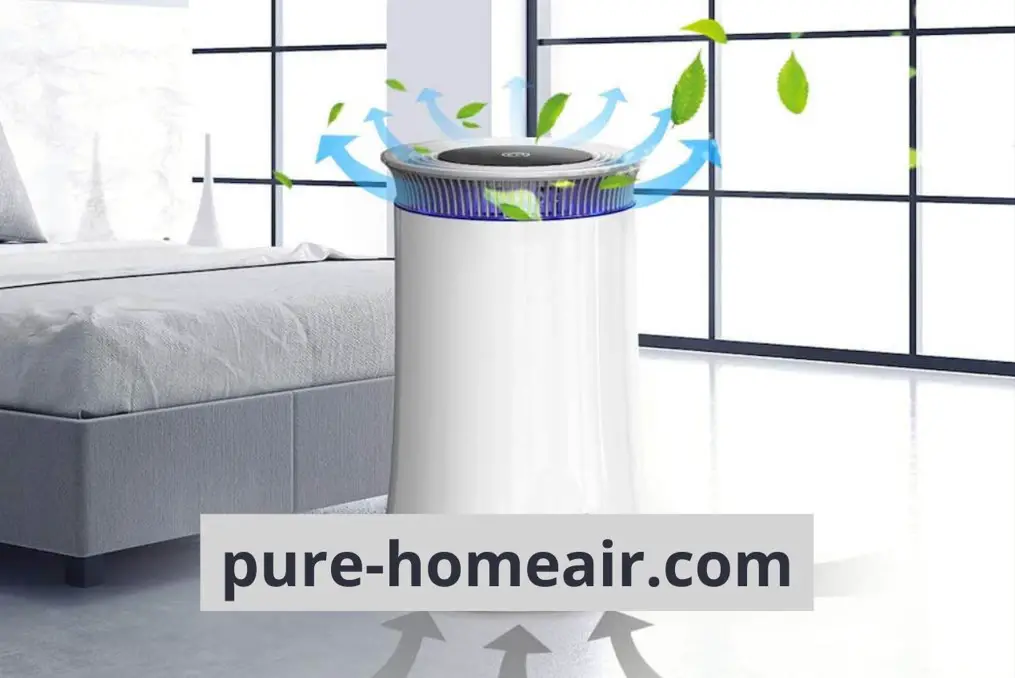
What are the most common causes of indoor air pollution
Indoor air pollution occurs when sources inside your home release unpleasant gases or particles into the air.
Building materials and common household cleaning products can be some of the most dangerous offenders:
- Tobacco smoke and wood-burning chimneys can degrade indoor air quality.
- Carbon monoxide from radiators, heaters, and other fuel-powered equipment. Nitrogen dioxide is produced by burning character gas and lamp fuel.
- Sulfur dioxide is produced by burning lamp fuel or radiators.
- Radon gas is formed from rocks and the soil beneath them.
- Asbestos is emitted from cement, insulation, floor tiles, separator, and putty. Chemicals such as formaldehyde, pesticides, and unstable natural compounds (from fresheners) can be found in family carpets, fabrics, furniture, and molecular tiles.
If you notice a stinky smell in your home, and unusual odors persist, it could be a sign of indoor air pollution.
In general, if you are feeling better and not breathing as heavily, it may be time to consider purchasing a cleaning system for your home.

Conclusion
You can see from this article that air purifiers are not the most energy-consuming appliances in the world. A washing machine or hair dryer uses more energy with frequent use.
However, like all appliances, air purifiers need to be serviced and filters should be changed at least every few months. Yet, it is not too big a price to pay for clean and fresh indoor air.
FAQ
Very often people ask general questions about air purifiers. To make it a little easier to understand how to get clean and fresh air in your home, we have put together the most common questions and answers below.
1. Do air purifiers increase electric bill?
All basic air purifiers with an average CFM do not use much electricity. However, if you set up a lot of appliances and leave the air purifier running 24/7, it may slightly increase your average power bill.
2. How much does it cost to run an air purifier 24/7
It is difficult to answer this question categorically because each person has different financial capabilities. On average, if a standard-type air purifier works 24/7 without additional features, then you will spend from $6 to $10 per month for this device.
3. Do air purifiers use a lot of electricity?
All basic air purifiers with an average CFM do not use much electricity. However, if you set up a lot of appliances and leave the air purifier running 24/7, it may slightly increase your average power bill.
Experts believe that 330-350 kWh is a normal annual average for air purifiers, as long as they don’t run more than 16 hours a day.



